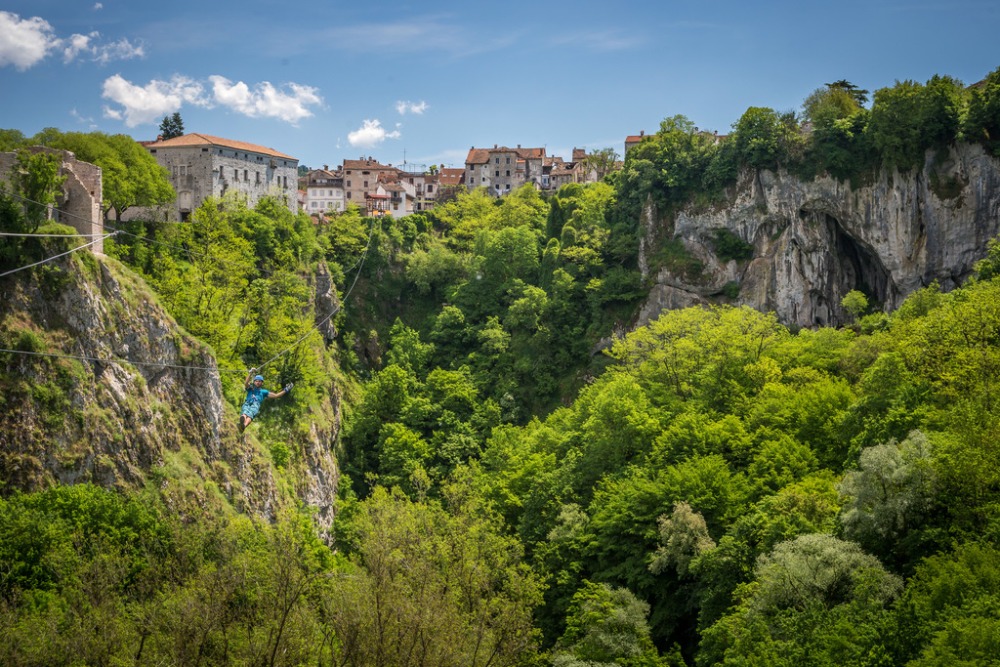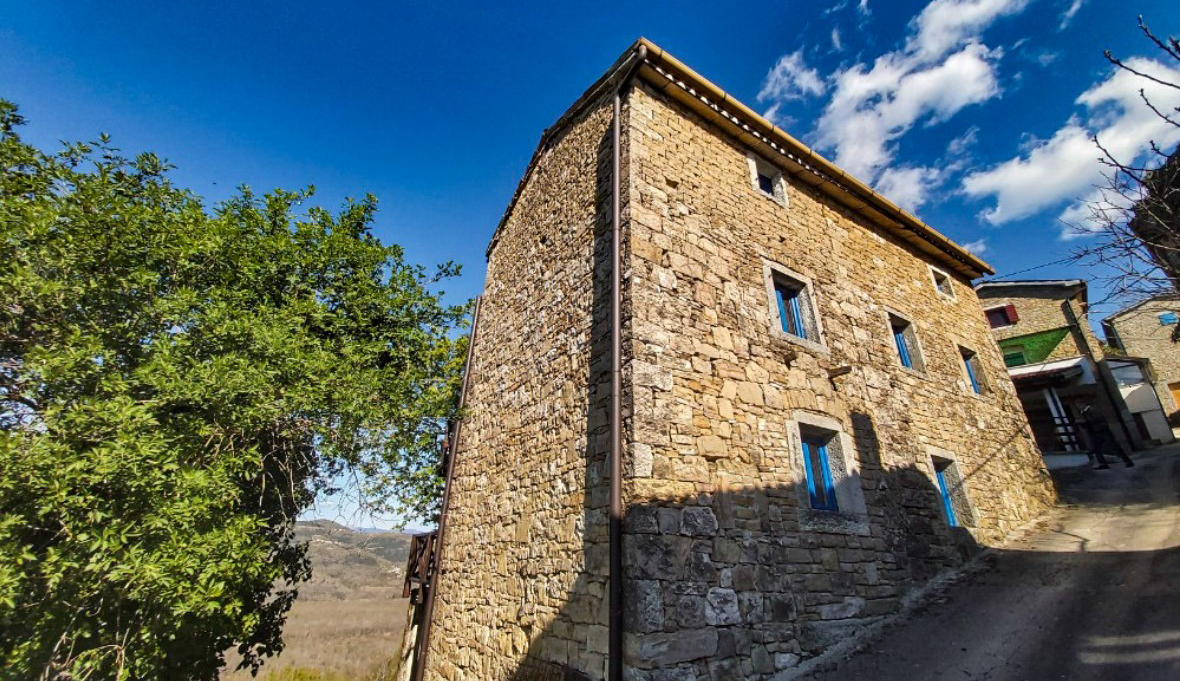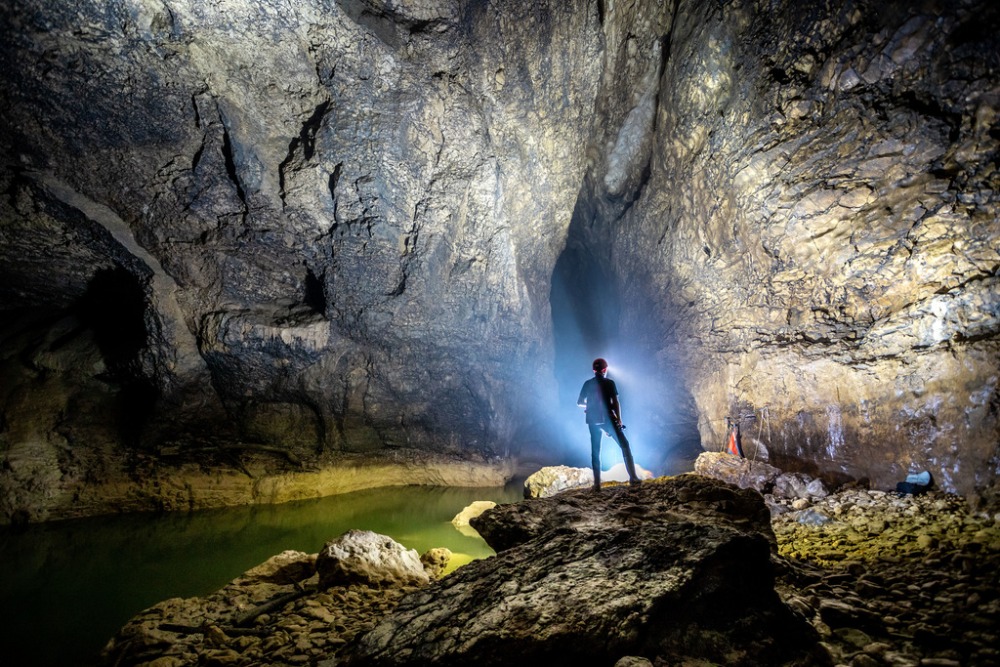

I S T R I A
ACCOMMODATION
The best place to stay for a holiday. Feel a new village adventure!
RENT HOUSE
No actualities yet.
Istria, the largest peninsula in the Adriatic Sea, 700 km southwest of our border. The incredible diversity of the ecosystem of flora and fauna alternates with a green hilly and flat landscape, ideal for cycling, hiking for the demanding and undemanding. There is really something to see in Istria and what breathes a unique atmosphere. Sleepy medieval villages and towns (Buzet, Buje, Morovun, Oprtalj, Grožnjan, Vižinada, Višnjan) attract with their typical stone construction of houses and churches. Gastro menu for lovers of good food, white truffles, Tinjan prossciut, Istrian pasta (fuži), white and red wine. Istria is green-blue. The green interior, even in the greatest summer heat, does not change the emerald green color. Diverse coastline, Brijuni archipelago, Lim fjord, clear sea, various beaches are an invitation for a unique stay.
The Istrian spa is located in the valley of the river Mirna, at the foot of an 85 m high rock. They are surrounded by dense forest, far from the settlement they represent a real oasis of peace. Thermal water is special due to its high sulfur content and up to 13 types of minerals that have been proven to have a healing effect.
There are more than 200 cycling routes in Istria that lead through beautiful landscape. The routes are characterized by various levels of difficulty. Both recreational and skilled cyclists will enjoy themselves here, who can check their condition in the hilly landscape.
A special experience is the cycle route called Parenzana (Croatian Porečanaka), the route is built on the original foundation of a narrow-gauge railway (it was in operation outside Austria-Hungary, then Italy 1902-1935). Parenzana connected Trieste with Poreč. The cycle route starts in Livada, continues over bridges and tunnels to the beautiful Grožnjan, after a short break it continues towards the town of Buje.
The town in the Istrian hinterland, less than 15 km from the sea, enchants with the beauty of narrow stone streets and medieval walls, from which there is a beautiful view of vineyards, olive groves, forests and in the distance to the sea ... Also known as the city of artists, has about twenty galleries and art studies. The whole city becomes one big scene in the summer. The International Film School, classical music concerts, the famous Ex tempore festival take place here - famous for its theatrical arts, jazz festival, exhibitions and other events.
Tinjanska draga (or vala) is only part of the longest canyon in Croatia - Limga draga, which together with the Gulf of Lim is about 40 km long. It is assumed that the entire Lim railway was in the past a riverbed that changed the direction of the Pazin abyss by raising the Orljak hill.
At the foot of Tinjan, the bay suddenly changes direction and expands to the south, and near Dvigrad, it turns west and continues towards the coast to Lima. The plateau on both sides of the gorge is over 300 m high and at the foot there are many fertile plains in the red Istrian land called Terra Rossa or Crvenica.
Sopot Waterfall, located in the village Floričići, is one of the most beautiful waterfalls in Istria, which tourists like to visit. The waterfall is about 25 meters high, the water falls into a small lake and forms a pond.
Water has always been an attractive feature, so it is no wonder that every visitor is enchanted by the Mirna River with its many waterfalls. The circular trail, which begins and ends in Buzet (near the Istrian aqueduct), leads from Selce to Glistoni via Kuhari to Kotli and is ideal for beginners and slightly more active walkers who want to see the most beautiful part of the area.
Part of Pazin's cave can be explored along the sidewalk on the south side. If you are a fan of adrenaline, enter a pit with experienced speleologists and explore the underground world.
In the central part of Istria, overlooking the valley of the river Mirna, is certainly the most famous and most attractive Istrian medieval town Motovun-Montona. This stunning hilltop town is one of the hallmarks of the Istrian hinterland.
The Gornji Kamenjak area is located between Premantura and Volma. It is an area of exceptional landscape value and is covered by various habitats. Through the pastures of medicinal sage, oak groves of pine forests, this area offers unforgettable views.
Swimming and sunbathing in the protected landscape area is a special pleasure. It is the southernmost point of the Istrian peninsula. It covers an area of about 404 hectares and is surrounded by a 30 km long coastline, numerous bays and miniature beaches. You can get to Kamenjak by car, bicycle, boat or military truck taxi. Entrance to the protected landscape area is charged for vehicles, while entry for cyclists and pedestrians is free.
Lim Bay, a protected natural monument, is a frequent excursion destination from the nearby towns of Rovinj, Vrsar and Porec. The view of a narrow and deep into the mainland, 9 km long bay with the contrast of green forests and blue levels must fascinate everyone
It forms a canyon with rocky places, almost perpendicular slopes up to 150 m high, overgrown with poppies (shrubby vegeration) and forest. The name is derived from the Roman limes, ie the border, because in antiquity it separated the cadastres of Pula and Porec.
The Gulf of Lim is closed to sports boats. However, a nice cruise is a cruise on the blue surface of the bay, which is diversified by a visit to the above-mentioned, the so-called Romuald's Cave.
Istrian cattle, also known as Boškarin, are an indigenous Croatian breed of cattle. It belongs to the group of large cattle of the Podolia type. Oxen reach a weight of 1100 to 1300 kg.
Istrian cattle were distributed in the area of the Istrian peninsula and partly on the island of Krk. A decline in the number of cattle occurred in the 1980s. The Istrian Cattle Breeders Association has been active since 1990 and works to protect and preserve the remaining population of Istrian cattle.